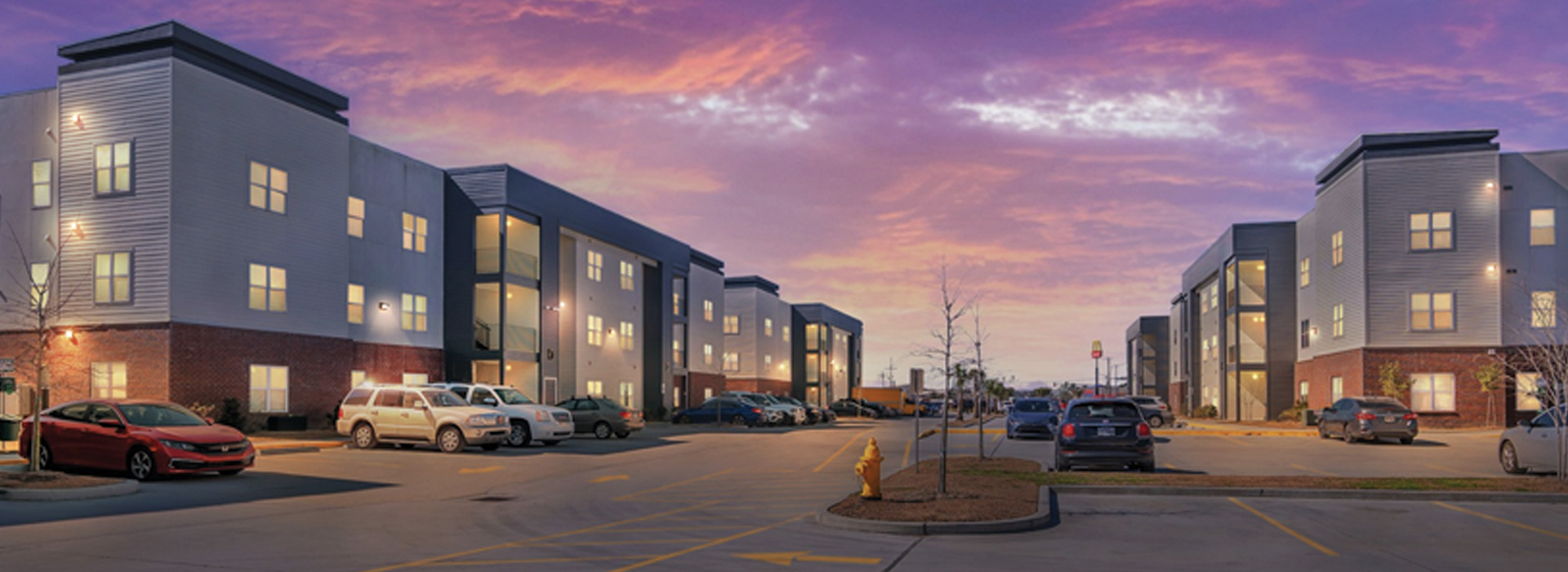Bridge loans are often used for commercial real estate purchases to quickly close on a property, retrieve real estate from foreclosure, or take advantage of a short-term opportunity in order to secure long-term financing. Bridge loans on a property are typically paid back when the property is sold, refinanced with a traditional lender, the borrower’s creditworthiness improves, the property is improved or completed, or there is a specific improvement or change that allows a permanent or subsequent round of mortgage financing to occur. The timing issue may arise from project phases with different cash needs and risk profiles as much as ability to secure funding.
A bridge loan is similar to and overlaps with a hard money loan. Both are non-standard loans obtained due to short-term or unusual circumstances. The difference is that hard money refers to the lending source, usually an individual, investment pool, or private company that is not a bank in the business of making high-risk, high-interest loans, whereas a bridge loan is a short-term loan that “bridges the gap” between longer-term loans.

Characteristics
For typical terms of up to 12 months, 2–4 points may be charged. Loan-to-value (LTV) ratios generally do not exceed 65% for commercial properties, or 80% for residential properties, based on appraised value.
A bridge loan may be closed, meaning it is available for a predetermined time frame, or open in that there is no fixed payoff date (although there may be a required payoff after a certain time).[5]
A first charge bridging loan is generally available at a higher LTV than a second charge bridging loan due to the lower level of risk involved, many US lenders will steer clear of second charge lending altogether.
Lower LTVs may also attract lower rates, again representing the lower level of underwriting risk, although front-end fees, lenders legal fees, and valuation payments may remain fixed.

